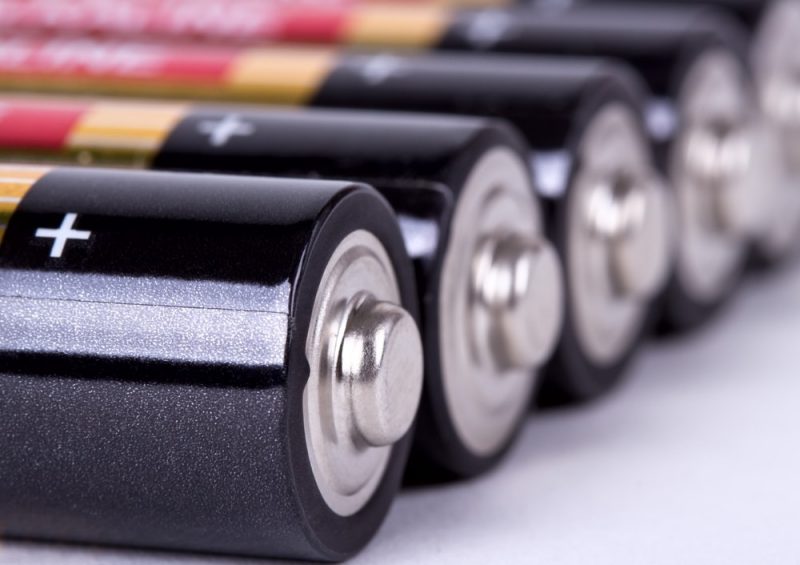In physics, we call energy the ability to do work.
The energy can be:
- Mechanics. It is due to the position and movement of a body. It is the sum of potential, kinetic and elastic energy.
- chemical or reaction. From food and fuel.
- Hydraulic or hydroelectric. It is the result of the kinetic and potential energy of the water current.
- electrical. The resultant of a potential difference between two points.
- thermal. Force released as heat.
- Wind. It is obtained through the wind, it is usually used to transform into electrical energy.
- Solar. Electromagnetic radiation from the sun is used.
- Nuclear. Coming from a nuclear reaction, from nuclear fusion and fission.
- Kinetics. The one that has an object because of its movement.
- sound. It is produced by the vibration of an object and the air around it.
- geothermal. The one that comes from the heat of the earth.
- luminous. The part of the energy that carries light that can be perceived with the human eye.
- Radiant. It comes from electromagnetic waves.
- Photovoltaic. It allows the transformation of sunlight into electrical energy.
- ionic. It is the energy needed to separate an electron from its atom.
- tidal. It comes from the movement of the tides.
- electromagnetic. It depends on an electric and magnetic field. It is made up of radiant, heat and electrical energy.
- metabolic. It is the energy that organisms obtain from their chemical processes at the cellular level.
Potential energy
When we talk about potential energy we refer to an energy considered within a system. The potential energy of a body is the capacity it has to develop an action depending on the forces that the bodies of the system exert on each other.
In other words, potential energy is the ability to generate work as a result of the position of a body. For example: a kite, balloons, a roller coaster.
The potential energy of a physical system is that which the system has stored. It is the work done by forces on a physical system to move it from one position to another.
It differs from the Kinetic energysince the latter only manifests itself when a body is in motion, while potential energy is available when the body is stationary.
It is important to remember that when we talk about movement or immobility of a body, we always do it from a certain point of view. When speaking of potential energy, we refer to the immobility of a body within the system. For example, a person sitting on a train is immobile from the point of view of his cabin system. However, if observed from outside the train, the person is moving.
Types of potential energy
- gravitational potential energy. It is the potential energy of a body suspended at a certain height. That is, the energy it will have if it stops being suspended and gravity begins to interact with said body. When we consider the gravitational potential energy of an object near the earth’s surface, its magnitude is equal to the weight of the body times the height.
- elastic potential energy. It is the energy that a body has stored when it is deformed. The potential energy is different in each material, depending on its elasticity (ability to return to its initial position after its deformation).
- electrostatic potential energy. The one found in objects that repel or attract each other. The potential energy is greater the closer they are if they repel each other, while it is greater the further away they are if they attract each other.
- chemical potential energy. It depends on the structural organization of atoms and molecules.
- nuclear potential energy. It is due to the strong forces that bind and repel protons and neutrons from each other.
examples of potential energy

- balloons. When we fill a balloon we are forcing a gas to stay in a limited space. The pressure exerted by that air stretches the walls of the balloon. Once we finish filling the balloon, the system is stationary. However, the compressed air inside the balloon has a large amount of potential energy. If a balloon bursts, that energy becomes kinetic and sound energy.
- An apple on a tree branch. While it is suspended, it has gravitational potential energy, which is available as soon as it detaches from the branch.
- a kite. The kite is suspended in the air thanks to the effect of the wind. If the wind stops, it will have its gravitational potential energy available. The kite is usually higher on the tree branch than the apple, meaning that its gravitational potential energy (weight times height) is greater. However, it falls slower than an apple. This is because the air exerts a force opposite to that of gravity, which is called “friction”. As the kite has a larger surface than the apple, it suffers a greater frictional force in its fall.
- Roller coaster. The roller coaster mobile gains its potential energy as it climbs to the tops. These peaks function as points of unstable mechanical equilibrium. To get to the top first top the mobile must use the energy of its engine. However, once at the top, the rest of the journey is carried out thanks to gravitational potential energy, which can even make it climb to new heights.
- Pendulum. A simple pendulum is a heavy object attached to a shaft by an inextensible string (which keeps its length constant). If we place the heavy object at a height of two meters and release it, on the opposite side of the pendulum it will reach exactly two meters of height. This is because its gravitational potential energy drives it to resist gravity to the same extent that it was attracted to it. Pendulums eventually stop due to the force of air friction, never due to the force of gravity, since that force continues to cause motion indefinitely.
- Sit on a sofa. The cushion (cushion) of the sofa where we sit is compressed (deformed) by our weight. Elastic potential energy is found in this deformation. If there is a feather on the same cushion, the moment we remove our weight from the cushion, the elastic potential energy will be released and the feather will be expelled by that energy.
- Battery. Inside a battery there is a certain amount of potential energy that is only activated when joining an electrical circuit.

other types of energy
| Geothermal energy | Mechanical energy |
| Hydroelectric power | Internal energy |
| Electric power | Thermal energy |
| Chemical energy | Solar energy |
| Wind power | Nuclear energy |
| Kinetic energy | sound energy |
| Caloric energy | Hydraulic energy |
| Potential energy | |
